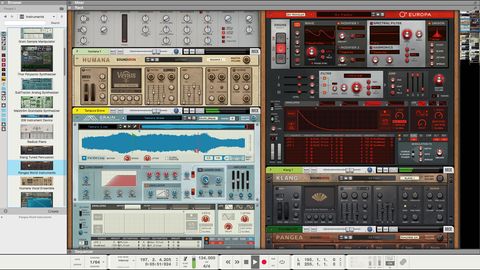

What Makes Different Ribbon Mics Sound Different From One Another?Īll of our ribbons are tuned to 16.5 Hz. In early 1932, the PB-31 was replaced by the improved RCA 44-A (precursor to the famous 44-BX), which inspired many other ribbon mic designs. Ribbon microphones were able to outperform condenser microphones in the frequency range, clarity, and realism.

This is a significant milestone in microphone advancement. The PB-31 microphone was first released in 1931, which had a limited production of 50 units. Olson, the first-ever commercially available ribbon microphone. Olson, RCA, was a key player in developing and applying ribbon mic technology. The 1930s saw the availability of magnets strong enough to make the ribbon microphone possible for audio production. A thin conductive ribbon suspended in a magnetic structure could produce an electric signal that drives according to the sound waves around. The original ribbon microphone was created with a conductive diaphragm moving in a magnetic field, creating an audio signal. Erwin Gerlach and Walter Hans Schottky, both German scientists. The first ribbon microphone was invented by Dr.


 0 kommentar(er)
0 kommentar(er)
